Description
This volume includes new developments, concepts and practices of researchers and practitioners from the maritime-port industry, research and academic institutes and authorities. Also includes speeches of keynote speakers invited for each of the topics on the latest development, technologies, practices, and trends.
Topics Covered
i) Port Planning, Development, and Operations
Million of TEUs of containers are handled around the globe annually, connecting all major trade zones of the world. Increasing demand on port connectivity and rapid growth in the shipping volume have led to the design of larger vessels, construction of new ports and expansion of existing facilities. Ports around the world are constantly improving through introduction of new technologies, methods and processes to meet growing demand. This section contains chapters on the following topics:
• Port Planning, Design and Constructional Methods
• Terminal Operation Concepts,
• Resource Planning, Forecasting Methods and other Port Management Techniques
• Hub Port Development
• Port Equipment and Technology
• Use of Information Technology and Simulation
• Supply Chain Management and SCM Technologies
ii) Offshore and Marine Engineering
Global demand for oil and gas is ever increasing. With this increased demand, the world is constantly seeking technological solutions that will help produce more from every well and to access resources in deeper waters to provide the energy the world needs. Production and transportation are fast becoming key factors in keeping up with the world’s demand and thus technological advancement in these areas could hold the key to future success. Similarly, innovations in vessel design and production also plays a vital role to meet the growing global demand. This section contains chapters on the following topics:
• Floating Platform Storage Offloading (FPSO), Jack-up Oil Rigs and Very Large Floating Structures / Semi-submersibles
• Structural Design and Performance
• Material, Reliability, Strength and Fatigue
• Production Technique of Ships and Marine Structures
• Moorings and Risers
• Exploiting Stranded Gas
• Offshore Renewable Energy
• Extended Well Testing / Early Production System for Marginal Fields
iii) Maritime Environment, Navigation, and Security
We are facing ever increasing global concerns over issues such as marine environment, port security, and navigation safety. Standards and requirements by international bodies would likely be more stringent in future. Many studies and R&D have been committed in these areas to step up the readiness to handle these growing concerns. This section contains chapters on the following topics:
• Ballast Water Treatment Technologies, Ship Emission, and Discharges
• Dredging, Treatment of Dredged Materials, and Reclamation
• Oil and Chemical Spills
• Remote Sensing and Environmental Monitoring Technologies
• Tides, Current, and Waves
• Ship Routing and Navigation System
• Maritime Communication and Tracking
• Ship and Port Security Technologies
Readership Professionals, Naval Architects, ship designers, owners, operators, consultants, engineers, surveyors, technical managers, government officials and students in Marine technology
Additional information
| Weight | 1 kg |
|---|


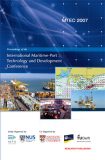
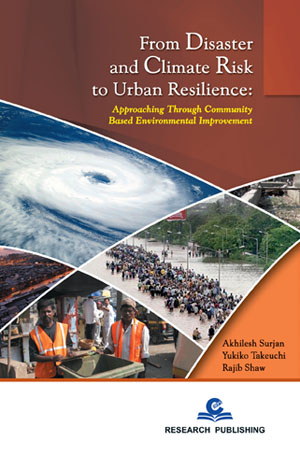
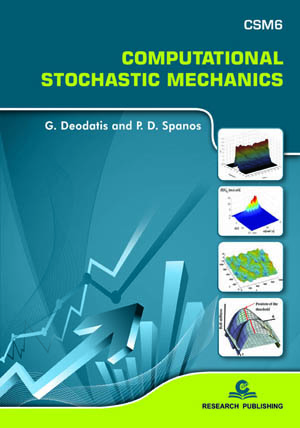

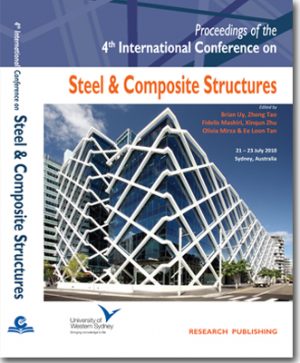
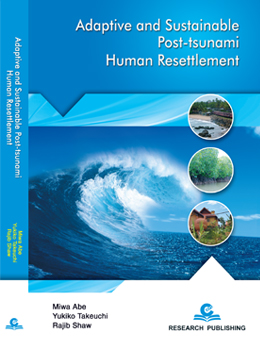

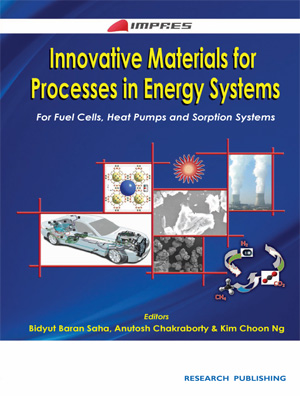
Reviews
There are no reviews yet.